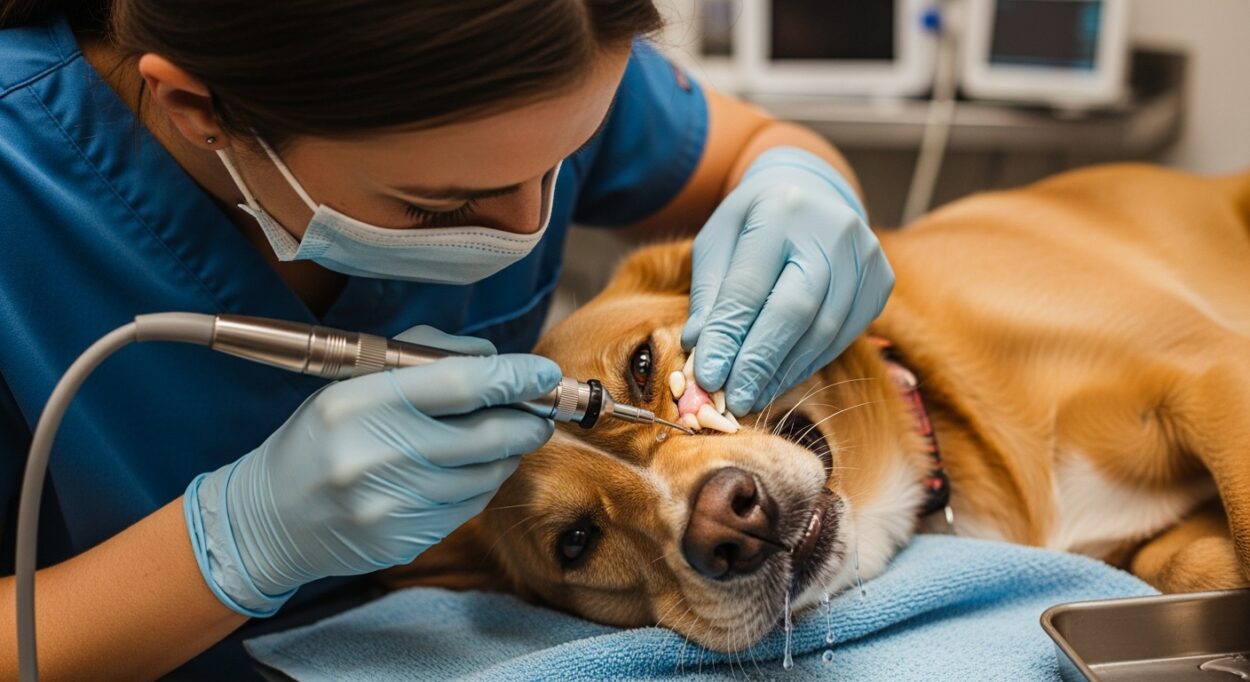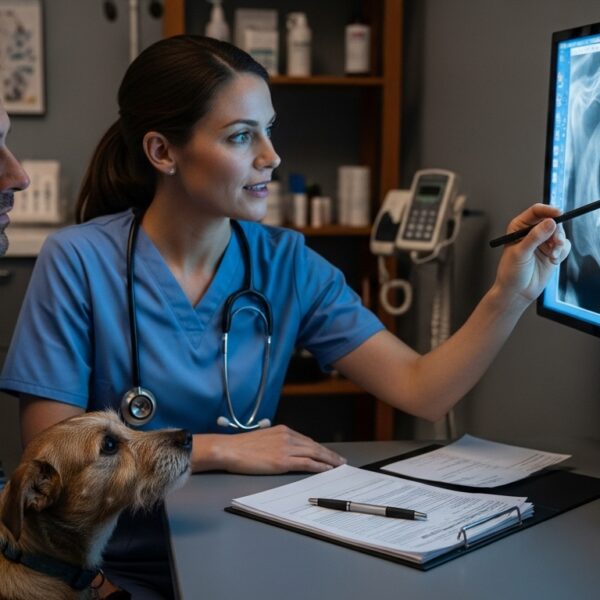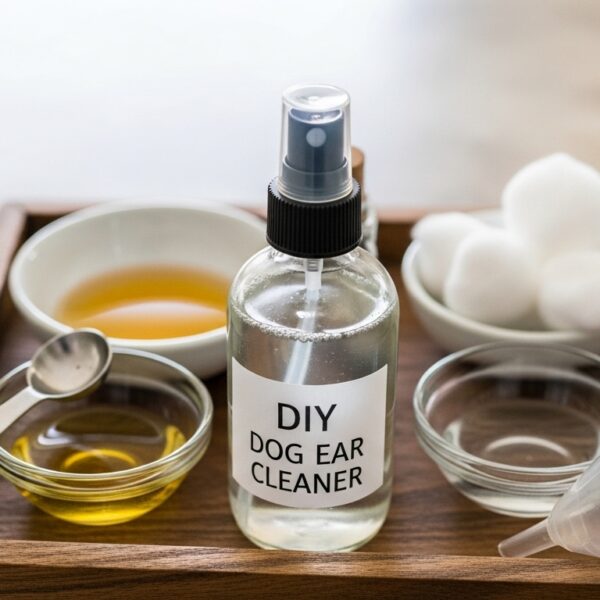Table of Contents
Introduction
Dental care is a critical part of your dog’s overall health—but many pet parents get nervous when their vet recommends professional teeth cleaning, especially when anesthesia is involved. You may have heard rumors about the risks, and maybe even wondered, “How many dogs die from teeth cleaning?” or if it’s even worth the risk. This guide pulls back the curtain on the facts and helps you make an informed, confident decision for your furry family member.
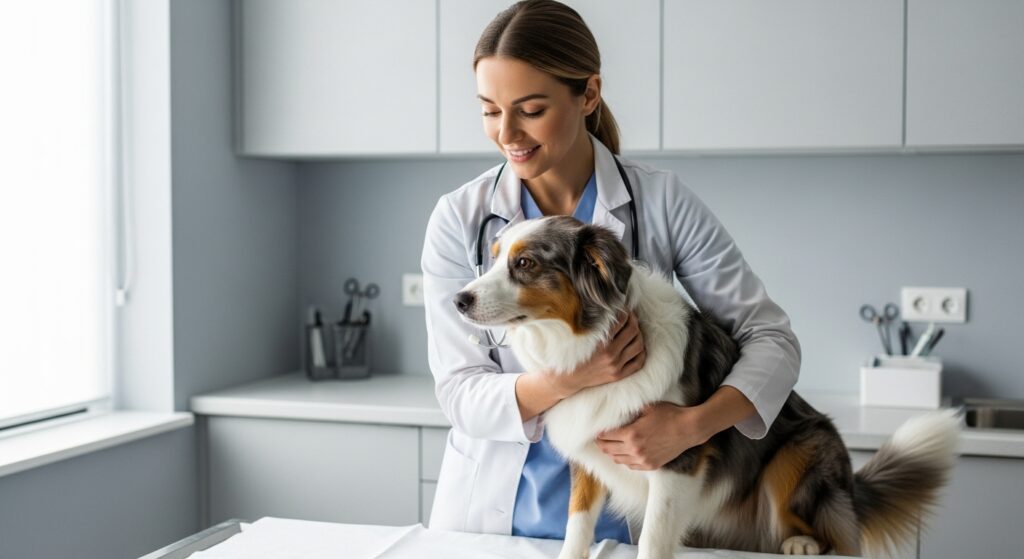
Why Do Dogs Need Professional Teeth Cleaning?
Even if you brush your dog’s teeth at home, plaque and tartar will build up over time, leading to bad breath, tooth decay, gum disease, pain, and even heart or kidney issues. Veterinary dental cleanings—usually performed under general anesthesia—are recommended to prevent these problems and keep your dog healthy, happy, and pain-free.
What Really Happens During a Dog’s Dental Cleaning?
Here’s what a typical cleaning at the vet involves:
- A thorough check of your dog’s mouth
- Scaling and polishing to remove plaque and tartar (above and below the gum line)
- Dental x-rays for hidden problems
- Extractions or treatment of damaged teeth, if needed
- Constant monitoring by trained veterinary staff
Because most dogs won’t tolerate having their teeth cleaned while awake, anesthesia is usually needed to keep them safe and stress-free during the procedure.
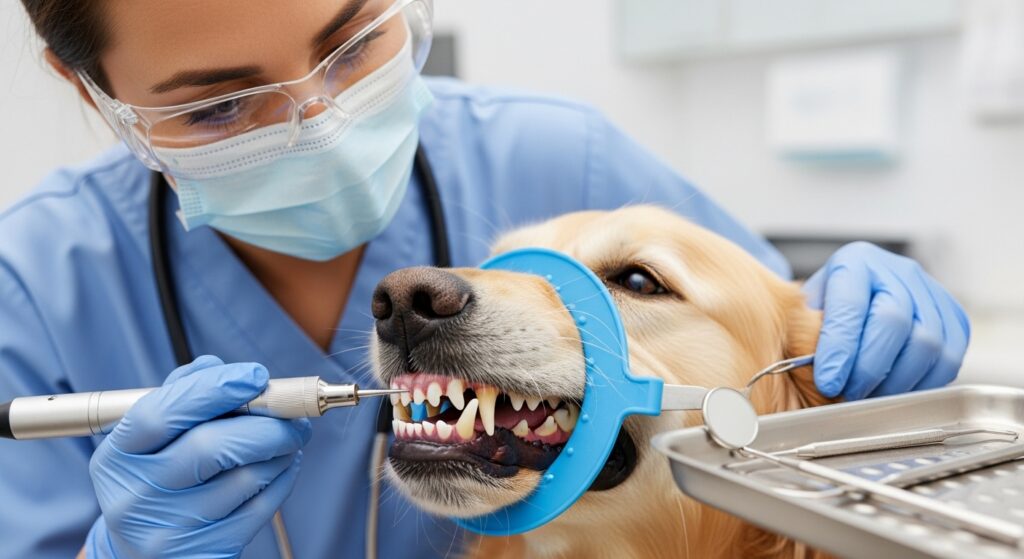
How Many Dogs Die from Teeth Cleaning? (The Real Numbers)
The good news: Deaths from dog dental cleanings are extremely rare, especially when performed by an experienced veterinary team on a healthy pet. Still, it’s natural to worry!
What Does the Research Say?
- Multiple studies show the risk of death from anesthesia in dogs is about 0.05% to 0.1% (or roughly 1 in 1,000 to 1 in 2,000 anesthetic procedures).
- For healthy dogs, the risk drops to less than 1 in 2,000.
- For dogs with severe illness, advanced age, or undiagnosed conditions, the risk can be higher.
- The vast majority of dogs have no serious complications during dental cleaning when standard safety measures are followed.
Bottom line:Most healthy dogs have an extremely low chance of dying from a dental cleaning. Complications can happen, but they are rare and most dogs recover quickly.
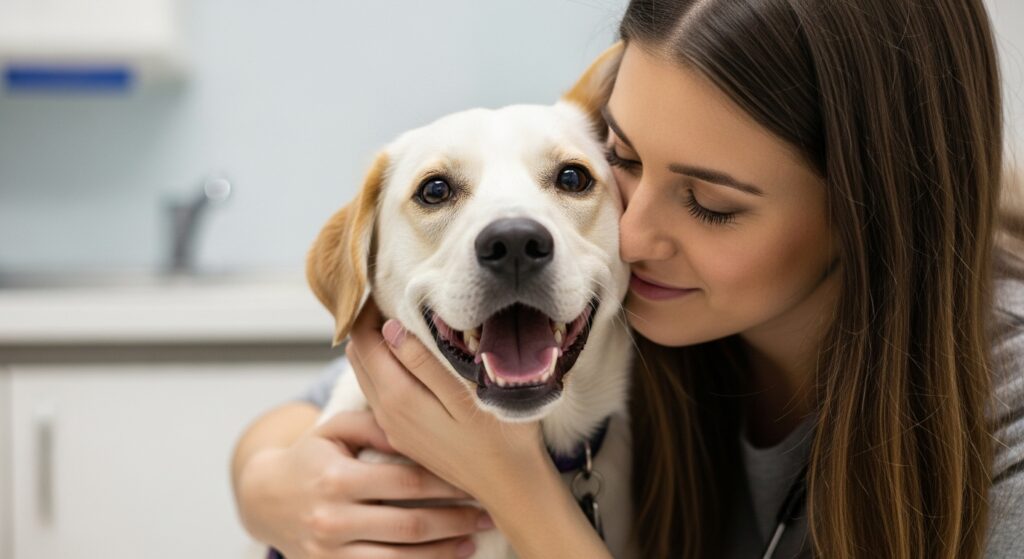
Why Is Anesthesia Used for Dog Teeth Cleaning?
- Comfort: Dogs can’t understand why someone’s poking around in their mouth, and dental tools can be scary.
- Safety: Anesthesia stops sudden movements, protecting your dog’s mouth and the vet’s hands.
- Complete Cleaning: Only with anesthesia can a vet clean under the gum line and take x-rays safely.
Note: “Awake” or “anesthesia-free” dental cleanings are popular, but they only remove surface tartar and can miss serious problems—most vets do not recommend them for complete dental care.
Reducing Risk: How to Keep Your Dog Safe During Dental Cleaning
1. Pre-Anesthetic Testing
Bloodwork and a physical exam help ensure your dog’s organs are healthy and can handle anesthesia.
2. Choose a Good Vet
Pick a veterinary clinic with a strong reputation, up-to-date monitoring equipment, and experienced staff.
3. Disclose Your Dog’s Medical History
Let your vet know about any health issues, allergies, or medications.
4. Monitor Recovery
Watch your dog closely when they come home. Minor grogginess is normal, but call your vet if you notice vomiting, severe lethargy, trouble breathing, or bleeding.
5. Regular At-Home Dental Care
Brush your dog’s teeth regularly and use dental chews to reduce tartar buildup, so professional cleanings are needed less often and are less risky.
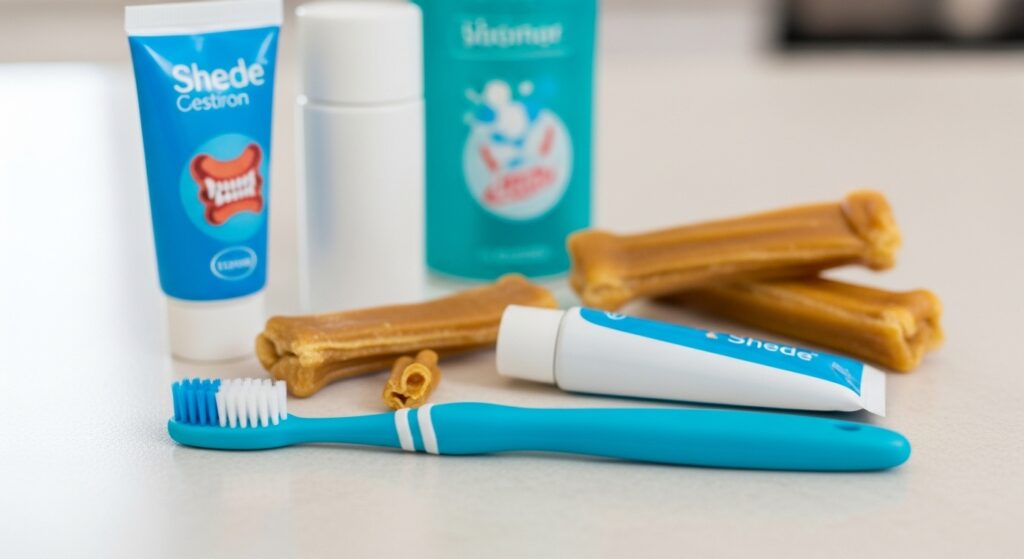
Dog Eye Health Issues: Causes, Symptoms & Treatments
When Is Dog Teeth Cleaning Riskier?
- Senior dogs (over age 8-10)
- Dogs with heart, liver, or kidney problems
- Breeds prone to anesthesia sensitivity (toy breeds, brachycephalic breeds)
- Dogs with untreated illness
Always talk honestly with your vet about your dog’s health before scheduling dental cleaning!
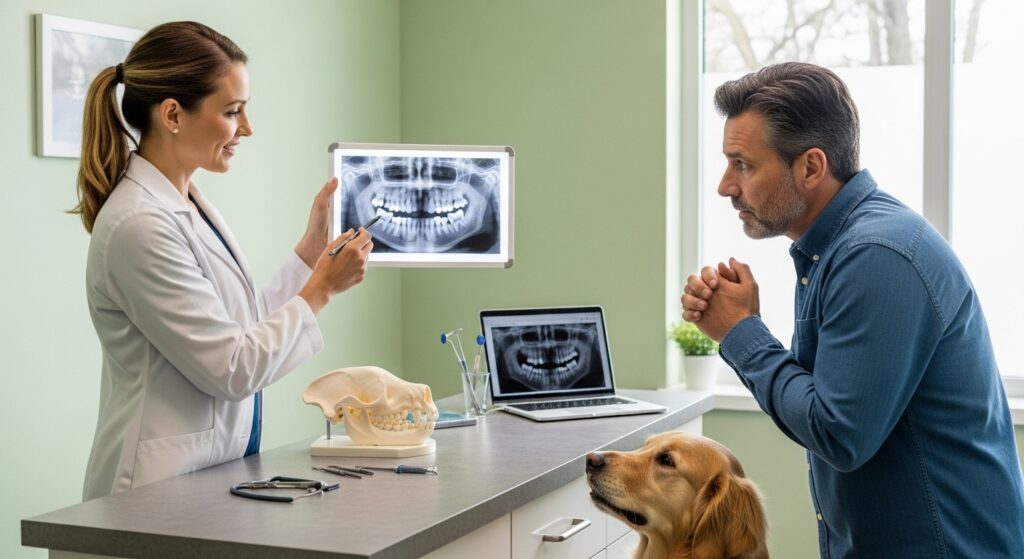
Final Thoughts
The statistics show that most dogs who have professional dental cleaning do just fine, especially when their owners keep up with at-home dental care and choose a skilled veterinarian. The risk of death is extremely low, but no procedure is without risk. With the right precautions, you’re giving your pup the best shot at a long, healthy, pain-free life—with plenty of wagging tails and fresh doggy breath!
Frequently Asked Questions (FAQs)
Q1: Is anesthesia-free dog dental cleaning safer?It may sound safer, but anesthesia-free cleanings only polish the teeth—they don’t clean below the gum line, can’t take x-rays, and can miss hidden infections. Most experts don’t consider them a replacement for full professional cleanings.
Q2: What are signs of dental problems in dogs?Bad breath, yellow/brown teeth, red or bleeding gums, difficulty eating, pawing at the mouth, drooling, or visible pain. If you notice these, see your vet right away.
Q3: How often should my dog get professional dental cleaning?Most dogs benefit from a cleaning every 6-24 months, depending on age, breed, diet, and at-home care. Your vet can recommend what’s right for your pup.
Q4: Can my older dog get a dental cleaning?Yes, but older dogs need extra checks and sometimes special monitoring. Your vet may recommend extra testing to be sure anesthesia is safe for seniors.
Q5: What can I do to reduce dental cleaning risks?Keep your dog healthy, get pre-anesthetic bloodwork, choose a good vet, and follow aftercare instructions. At-home brushing and dental chews go a long way, too!

